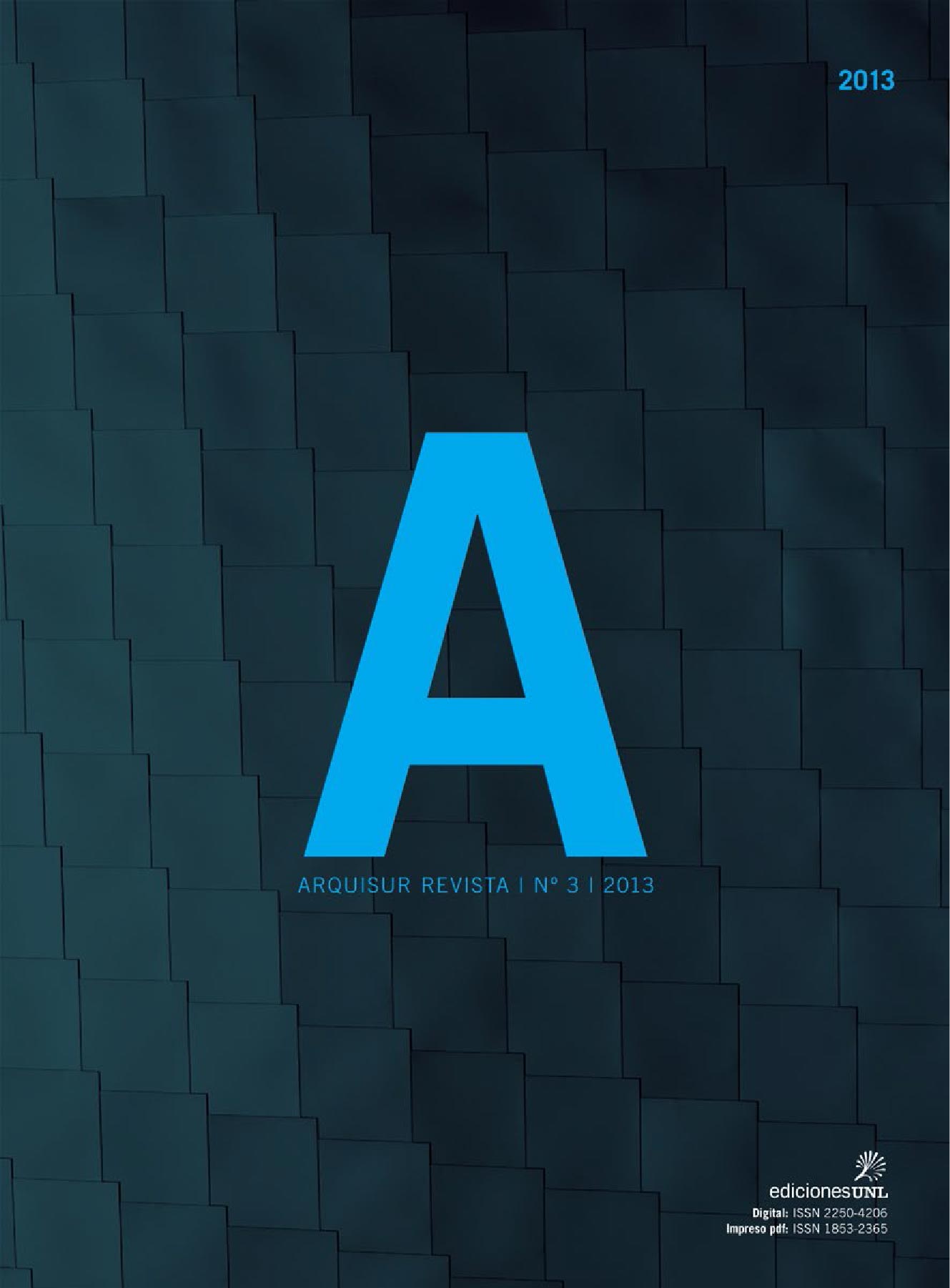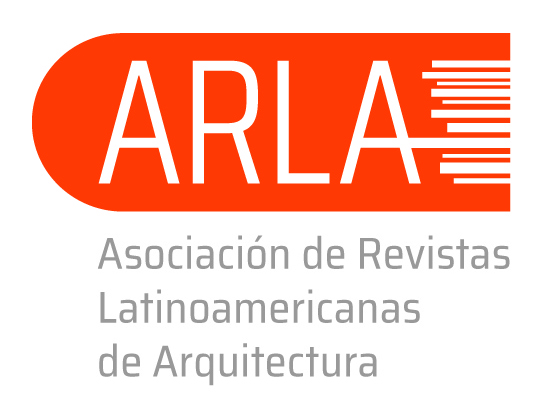Iron Architecture in Rio de Janeiro
Testing the mobility
DOI:
https://doi.org/10.14409/ar.v1i3.943Keywords:
iron arquitecture; cultural heritage; theory of conservation; restoration; industrial revolutionAbstract
The text proposes a reflection regarding the prefab architecture made of iron from its emergence in 19th century Europe to present days, by theoretical reference to material available in specialized bibliography related to the subject that highlights mobility and temporariness as its main innovations, among others. It assesses critically the destination of the legacy of the expansion of this construction method in Brazil, especially in the city of Rio de Janeiro, where the apropriations and destinations of three significant sets are originally located: the Market Hall of Rio de Janeiro (Mercado Municipal do Rio de Janeiro) located at the November 15th Square - City Center (Praça XV de Novembro - Centro), and considered the major specimen of this category in Latin America; the shed known as Trajano Shops, located in the Engenho Novo area, which was part of the Paris World Exposition (Exposição Universal de Paris), 1889; and the group of sheds of the Federal Rail Network’s shops in the same area. These specimens embody a turbulent context of negligence, legal protection and illegal demolition, displaying a situation of ignorance by the public administration concerning the importance of this arquitecture as clear exhibits of the 19th century emerging modernity.
Published
How to Cite
Issue
Section
License
ACCESO ABIERTO
ARQUISUR Revista es una publicación de acceso abierto y sin ánimo de lucro. No se imputan cargos por la recepción, revisión, evaluación, publicación ni acceso a sus contenidos. Se distribuye bajo una Licencia Creative Commons CC Atribución-NoComercial-SinDerivadas 4.0 Internacional (CC BY-NC-ND 4.0): No se permite un uso comercial de la obra original ni la generación de obras derivadas. Esta licencia no es una licencia libre, y es la más cercana al derecho de autor tradicional.
DESCARGO
Los criterios expuestos en los artículos son de exclusiva responsabilidad de sus autores y no reflejan necesariamente la opinión del Comité Editorial ni de la Dirección Editorial Técnica. Los derechos de los artículos publicados pertenecen a sus autores o editoriales. Los autores ceden sus derechos de publicación al Centro de Ediciones de la Universidad Nacional del Litoral de Santa Fe, Argentina.














